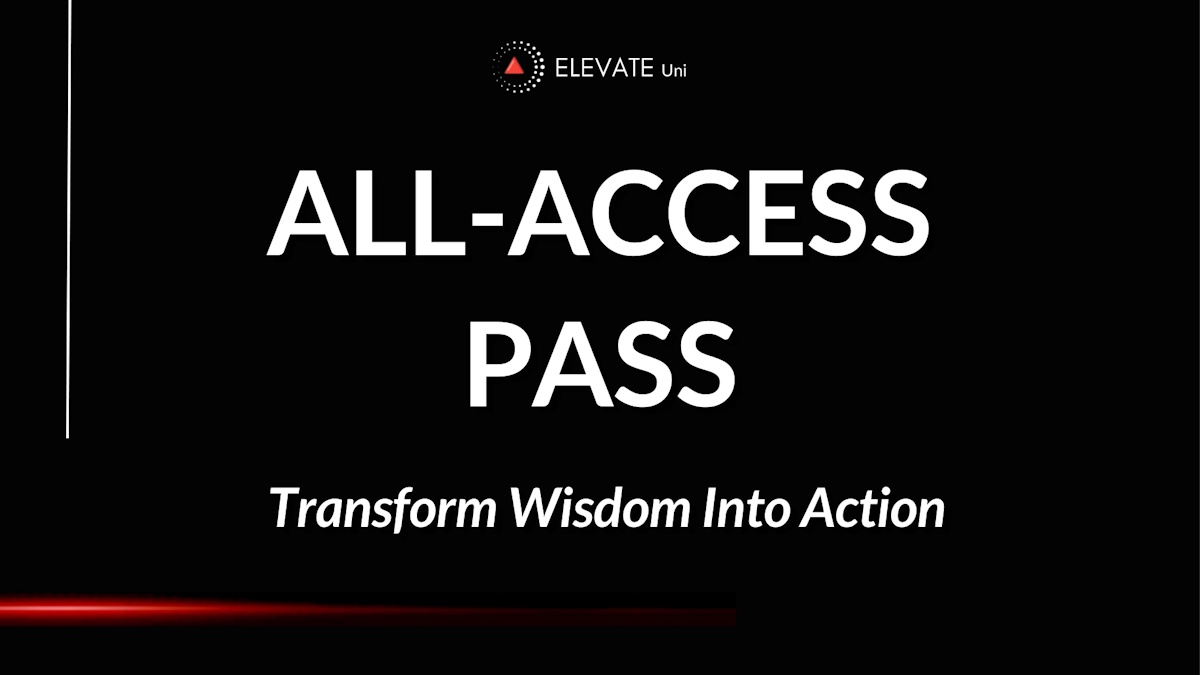Seven Years on Mount Athos: Summary Review
What compels someone to leave behind the world as they know it, seeking solitude in a remote monastic life, only to return years later transformed? In Seven Years on Mount Athos: The Power of Believing, Christos Palaskas offers a deeply personal account of his spiritual journey, revealing the profound insights gained from his time in isolation and the challenges faced upon reentering society.
What is the Book About?
Seven Years on Mount Athos chronicles the transformative journey of Christos Palaskas, who, under the monastic name Clement, spent seven and a half years in seclusion on Mount Athos, a monastic community in Greece. The book delves into his internal struggles, the rigorous spiritual practices he undertook, and the pivotal moments that led him to question his path. Through candid reflections, Palaskas shares the psychological and emotional challenges of monastic life, offering readers an intimate glimpse into a world rarely seen.
As the narrative unfolds, Palaskas confronts the dilemma of remaining in hermetic life or returning to the secular world. His decision to leave Mount Athos is portrayed not as an escape but as a continuation of his spiritual journey in a different context. The book explores how the teachings and disciplines of monastic life can be integrated into everyday living, providing valuable lessons for those seeking meaning and purpose beyond traditional religious settings.
Book Details
Print length: 168 pages
Language: English
Publication date: July 17, 2023
Genre: Memoir / Spirituality
Book Author
Core Theme
At its core, Seven Years on Mount Athos explores the tension between spiritual aspiration and human vulnerability. Palaskas delves into the allure of monastic life as a path to enlightenment, juxtaposed with the isolation and internal conflicts it can engender. The narrative emphasizes the importance of self-awareness, the courage to question established norms, and the resilience required to seek authenticity in one's spiritual journey.
The book also highlights the applicability of monastic principles in everyday life. Palaskas illustrates how disciplines like mindfulness, humility, and intentional living can enrich secular existence. His transition from monk to layperson underscores the universality of spiritual growth, suggesting that profound insights are accessible beyond the confines of religious institutions.
Main Lessons
A few impactful summary lessons from Seven Years on Mount Athos:
1. Seek truth even when it costs everything
The author’s pilgrimage from a secular Western life into the depths of monasticism on Mount Athos reflects an inner compulsion to strip away every falsehood and find what is real, regardless of the sacrifice required. His decision to leave behind comfort, connection, and even his own name reveals how the pursuit of truth demands more than curiosity—it requires the surrender of identity and the confrontation of one’s deepest fears. Through the raw reality of monastic life, he begins to uncover truths not just about the divine, but about himself, and it’s in this solitude and silence that his journey transforms into something sacred.
2. Discipline sharpens the soul into its true form
Living in the Holy Mountain, the author experiences the relentless routine of prayer, labor, and silence, which at first seem restrictive but eventually become tools for self-mastery. The repetition and structure of monastic discipline, from sparse meals to unending spiritual practices, shape a person not through instant results but through the quiet erosion of ego. Over time, what remains is a more distilled, honest version of the self—one that sees discipline not as punishment but as the chisel that sculpts the soul into something freer and more aligned with truth.
3. Knowing yourself requires unlearning the world
“Know thyself” becomes more than a philosophical slogan in the author’s life—it’s a mandate that unfolds only through intentional unlearning. He must unpick every cultural thread, every inherited belief, and every comfortable narrative he once held. On Mount Athos, stripped of societal roles and expectations, he is left with the raw material of his being. The journey inward reveals that self-knowledge doesn’t arrive through achievement or affirmation, but through the deconstruction of all that isn’t truly him.
4. Silence speaks truths that noise hides
One of the most profound lessons that emerges is the paradoxical clarity found in silence. In a world obsessed with volume and stimulation, the stillness of monastic life becomes a mirror—often uncomfortable, sometimes painful, but always revealing. The silence on Mount Athos isn't empty; it hums with divine presence, reflection, and healing. It's through this space that the author confronts unresolved grief, spiritual uncertainty, and even joy. The silence is where the soul finally gets a voice.
5. Comfort is the enemy of transformation
The severe living conditions—ranging from inadequate food to harsh weather and communal friction—test not just the body, but the psyche. These hardships, however, are not framed as suffering in the traditional sense. Instead, they become a crucible where the illusion of comfort is shattered, revealing that growth is often born in fire. The author learns that transformation rarely comes in environments that coddle; rather, it comes when the familiar is stripped away, forcing resilience and introspection to rise in its place.
6. Faith without questioning is spiritual stagnation
Although some reviewers noted an absence of theological depth, what emerges more subtly is the author's internal dialogue with the doctrines he once accepted blindly. His background in a fundamentalist environment begins to feel too rigid, and his lived experiences in the monastery force him to question, wrestle, and eventually reformulate what he believes. Faith becomes less about reciting truths and more about embodying them through trial, error, and personal discovery. This nuanced evolution suggests that authentic belief must be allowed to breathe and sometimes be broken before it becomes whole.
7. Monastic life reveals the illusions of modernity
The contrast between Mount Athos and the modern world is stark, and through it, the author gains insight into the illusions we often mistake for necessities. Things like convenience, entertainment, and even hygiene—taken for granted in modern life—lose their value in a place that prizes the eternal over the immediate. He finds that meaning doesn't come from consumption but from contribution, not from abundance but from simplicity. In shedding the modern lifestyle, he sees clearly just how enslaving it can be.
8. Community can both challenge and save you
Life in the monastery is not a solitary spiritual retreat but a shared existence with other seekers, each with their own struggles and flaws. Conflicts, misunderstandings, and tensions are inevitable, but they also become part of the spiritual formation. Through this human friction, the author discovers that sanctity isn’t found in escaping others but in learning how to live, forgive, and serve amidst them. The brotherhood becomes a mirror, revealing his own shadows but also supporting him through his transformation.
9. Life’s purpose emerges through sacrifice
The author’s ultimate decision to leave monastic life is not a retreat but a graduation of sorts—a culmination of years spent confronting who he was, who he thought he wanted to be, and what he actually needed. His return to secular society isn’t a failure of spiritual commitment but an affirmation of what he has learned: that sacrifice is not just about what you give up, but what you gain in understanding. Purpose, he realizes, is not a static endpoint but a path carved by every choice made in integrity.
10. The examined life yields a richer harvest
More than a memoir of a monk, Seven Years on Mount Athos is a meditation on what it means to live with awareness. Every decision, every discomfort, every spiritual question the author faced contributed to a deeper inner awakening. By choosing to chronicle his story, he offers others the same opportunity—not necessarily to follow his path, but to examine their own. The power of the examined life is not that it guarantees answers, but that it compels us to keep asking better questions.
Key Takeaways
Key summary takeaways from the book:
- True spiritual growth often involves confronting and embracing personal doubts and challenges.
- Monastic disciplines can offer valuable tools for navigating modern life's complexities.
- Authenticity in one's spiritual path may require stepping outside traditional frameworks.
- Integrating spiritual practices into daily life can lead to a more meaningful existence.
- Personal transformation is an ongoing journey, enriched by both solitude and community engagement.
Book Strengths
Seven Years on Mount Athos stands out for its raw honesty and introspective depth. Palaskas's narrative is both accessible and profound, offering readers a rare window into the realities of monastic life. The inclusion of personal anecdotes, coupled with reflections on broader spiritual themes, creates a compelling and relatable account that resonates with a diverse audience.
Who This Book Is For
This book is ideal for readers interested in spirituality, personal development, and the intersection of religious practice with modern life. Those curious about monastic traditions, as well as individuals seeking to integrate deeper meaning into their daily routines, will find Palaskas's insights both enlightening and applicable.
Why Should You Read This Book?
Seven Years on Mount Athos offers a unique perspective on the pursuit of spiritual fulfillment. Palaskas's journey underscores the idea that profound insights often arise from personal struggle and introspection. For anyone seeking to understand the balance between solitude and societal engagement, or the application of spiritual principles in everyday life, this memoir provides valuable guidance and inspiration.
Concluding Thoughts.
Christos Palaskas's memoir is more than a recounting of monastic life; it's a testament to the human spirit's quest for meaning. His experiences on Mount Athos and subsequent reintegration into society illustrate the transformative power of introspection and the courage required to live authentically.
Readers will find in this book not only a narrative of personal evolution but also a guide to applying timeless spiritual principles in a contemporary context. Palaskas's story encourages us to reflect on our own paths, inviting a deeper exploration of purpose and belief.
→ Get the book on Amazon or discover more via the author's website or social channels.
* The publisher and editor of this summary review made every effort to maintain information accuracy, including any published quotes, lessons, takeaways, or summary notes.
Chief Editor
 Tal Gur is an author, founder, and impact-driven entrepreneur at heart. After trading his daily grind for a life of his own daring design, he spent a decade pursuing 100 major life goals around the globe. His journey and most recent book, The Art of Fully Living, has led him to found Elevate Society.
Tal Gur is an author, founder, and impact-driven entrepreneur at heart. After trading his daily grind for a life of his own daring design, he spent a decade pursuing 100 major life goals around the globe. His journey and most recent book, The Art of Fully Living, has led him to found Elevate Society.

















